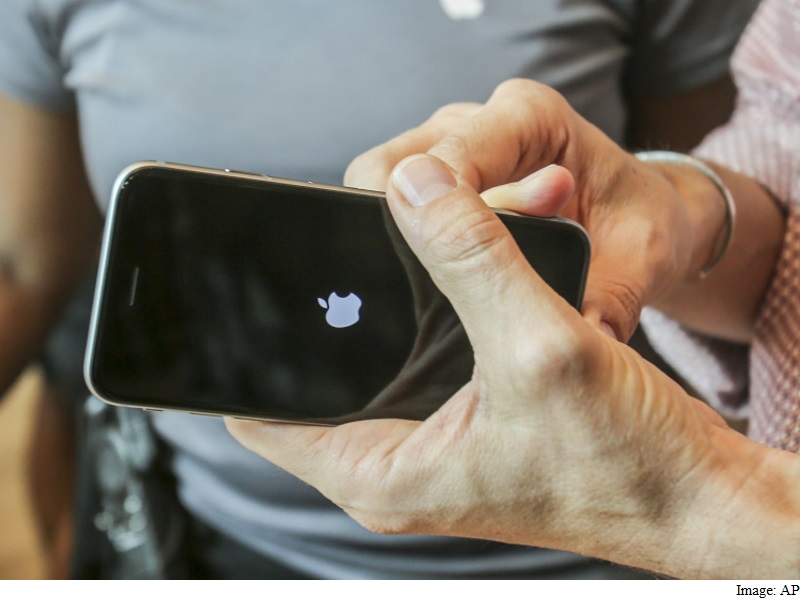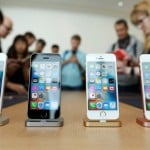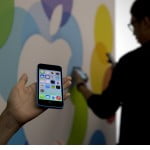
The Justice Department is abandoning its bid to force Apple to help it unlock the iPhone used by one of the shooters in the San Bernardino, California, terrorist attack because investigators have found a way in without the tech giant’s assistance, prosecutors wrote in a court filing Monday.
In a three-sentence filing, prosecutors wrote they had “now successfully accessed the data” stored on Syed Rizwan Farook’s iPhone, and they consequently no longer needed Apple’s court-ordered help getting in. The stunning move averts a courtroom showdown pitting Apple and privacy interests against the government and security concerns that many in the tech community had warned might set dangerous precedents.
Apple and the Justice Department declined to offer any immediate comment.
It is unclear how, precisely, investigators got into the phone, or what FBI agents learned about the San Bernardino plot from the materials they were able to review. On the eve of a hearing in the case last week, the FBI had signaled it might have found a way into Farook’s device, writing in a court filing that “an outside party demonstrated to the FBI a possible method.” But government officials said they wanted to test that method further before employing it in Farook’s case, and they did not offer details about who proposed it or how it would work.
The government will now be left to decide whether it will outline the method to Apple in keeping with a little-known process in which federal officials are supposed to consider disclosing security vulnerabilities they find.
Michael Daniel, special assistant to the president and cyber-security coordinator, wrote in a White House blog post published in April 2014, that “disclosing vulnerabilities usually makes sense,” given how much people rely on the Internet and connected devices.
(Also see: iPhone-Hacking Tool Likely Wouldn’t Stay Secret for Long)
“But there are legitimate pros and cons to the decision to disclose, and the trade-offs between prompt disclosure and withholding knowledge of some vulnerabilities for a limited time can have significant consequences,” Daniel wrote. “Disclosing a vulnerability can mean that we forego an opportunity to collect crucial intelligence that could thwart a terrorist attack stop the theft of our nation’s intellectual property, or even discover more dangerous vulnerabilities that are being used by hackers or other adversaries to exploit our networks.”
Farook and his wife, Tashfeen Malik, were killed in a shootout with police after they launched a deadly attack that killed 14 people at the Inland Regional Center in San Bernardino in December. Prosecutors have said their neighbor, Enrique Marquez Jr., was also involved in terrorist plots and had discussed with Farook possibly targeting a nearby community college and highway. He is facing charges in federal court.
The bid to access Farook’s phone was meant to further the FBI’s investigation, thought it was controversial from the start. The Justice Department obtained a court order compelling Apple’s assistance under the All Writs Act, a centuries old law that gives courts the power to “issue all writs necessary or appropriate in aid of their respective jurisdictions and agreeable to the usages and principles of law.”
If allowed to stand, the order in Apple’s case would have forced company engineers to create software to disable a phone security feature so that the FBI could try its hand at unlocking the device by cracking a numeric password. Apple quickly resisted, though, arguing that forcing it to create such software would violate the company’s constitutional rights and weaken privacy for users around the world.
Federal prosecutors and the FBI had sought to characterize the dispute as limited to only Farook’s phone, though FBI director James Comey acknowledged that it could set a precedent if the government won. They argued that Apple, which creates its own software, was the only party that was in a position to help.
(Also see: Apple vs FBI)
Neither side backed down from its arguments, though with Monday’s filing, it seems a judge will not now be forced to determine who was right. That means it might take another case to determine to what extent the All Writs Act permits a court to order a company to provide technical assistance in unlocking encrypted devices.
The technique the government found to get into the phone, though, might see immediate re-use. In a court filing last week, Apple told a federal judge that if the solution worked, it wanted to see if it could also be used to unlock an iPhone used by a drug dealer in a Brooklyn case. and eliminate the need for the company’s help there. Notably, the two phones run on different operating systems – Farook’s on a newer iOS 9 and the drug dealer’s on an older iOS 7. And Apple has previously extracted data from locked phones running older operating systems.
But Apple said it wanted to see if the method used on the newer version worked with the older phone, and if the government said it didn’t, Apple would try to put that claim to the test.
© 2016 The Washington Post
Download the Gadgets 360 app for Android and iOS to stay up to date with the latest tech news, product reviews, and exclusive deals on the popular mobiles.
[“source-Gadgets”]











